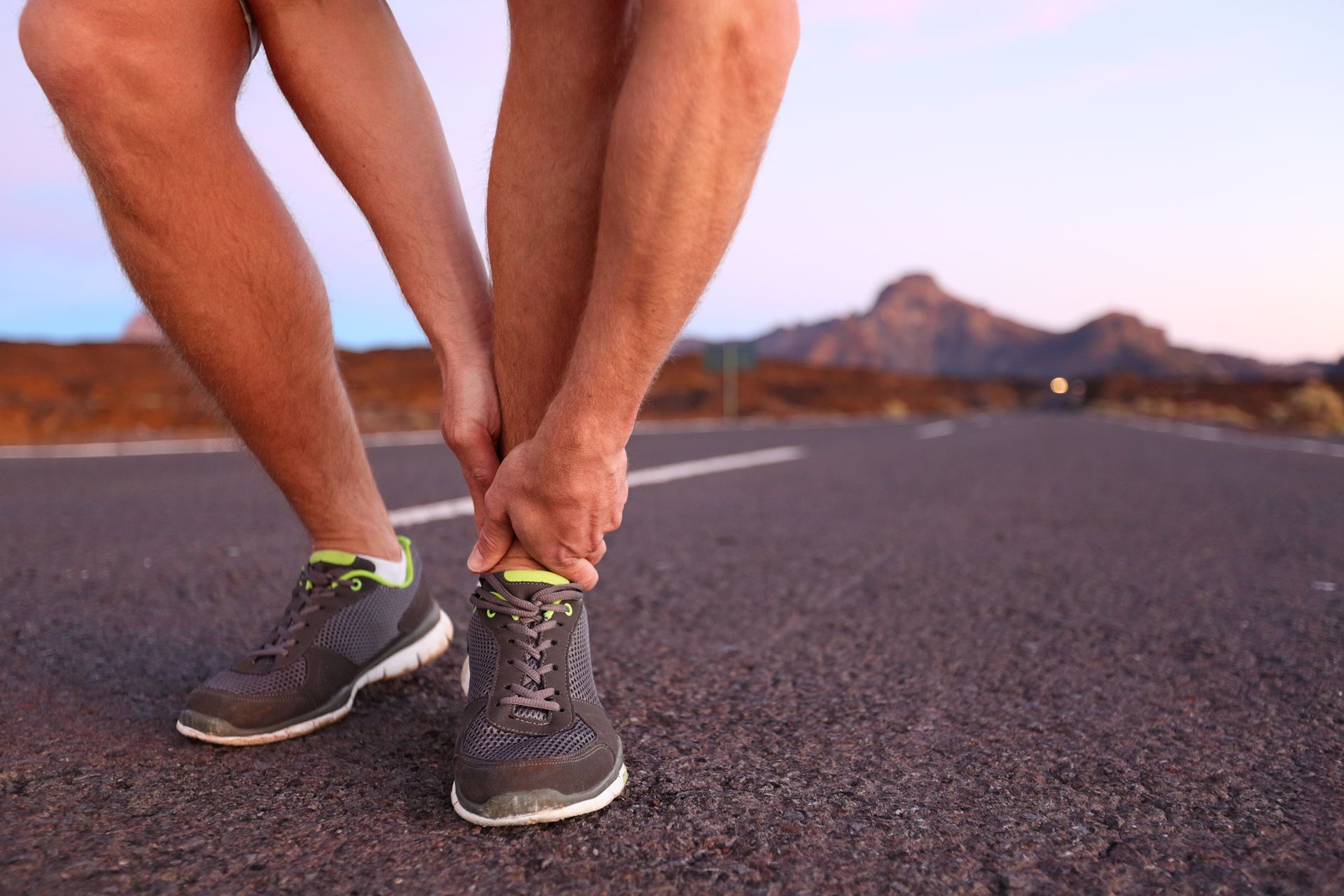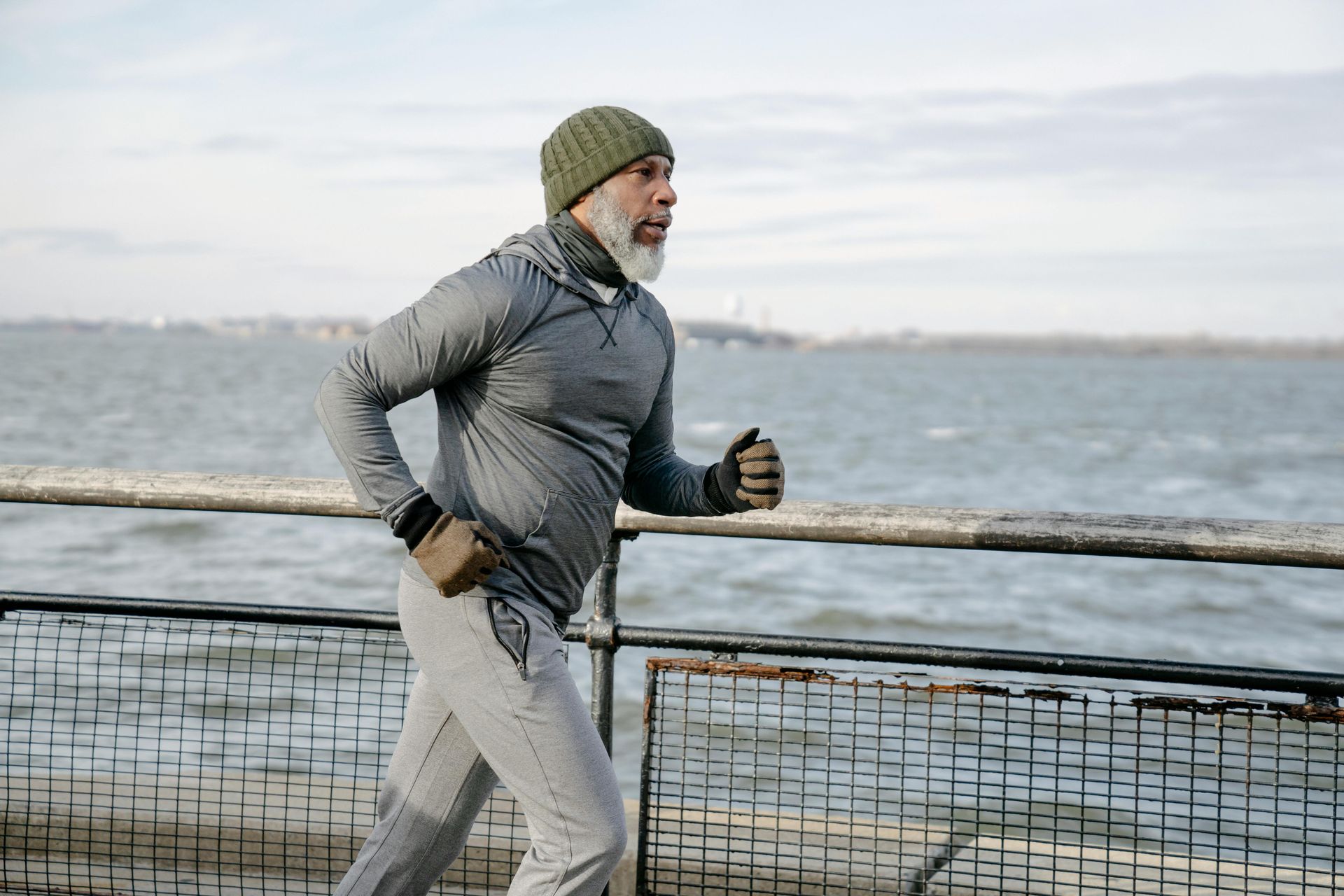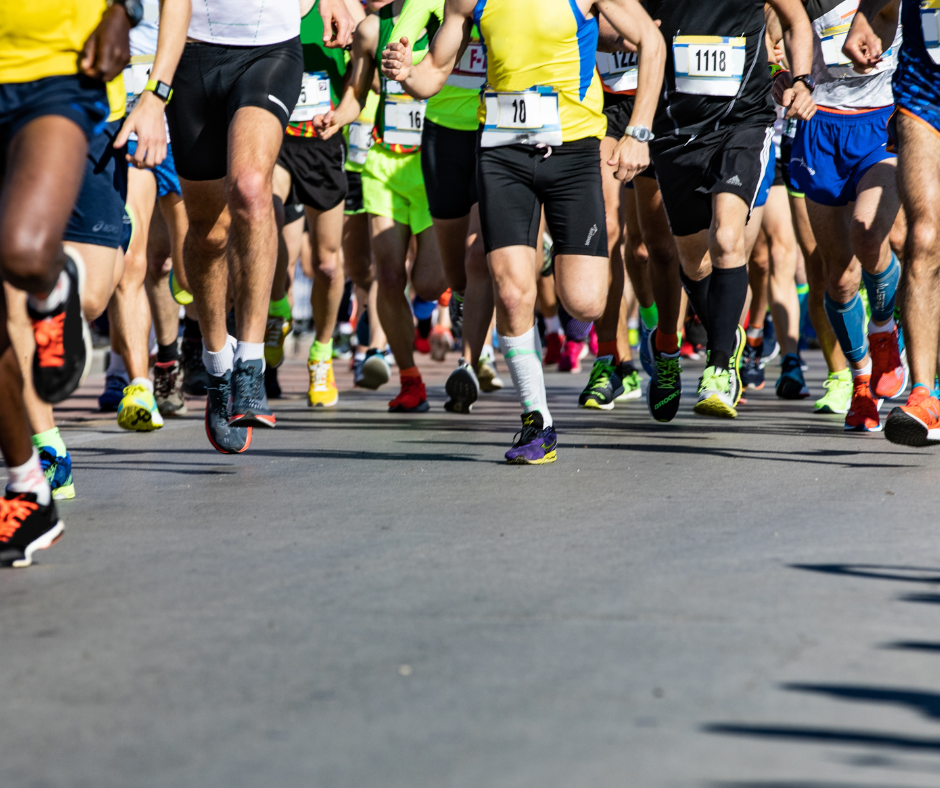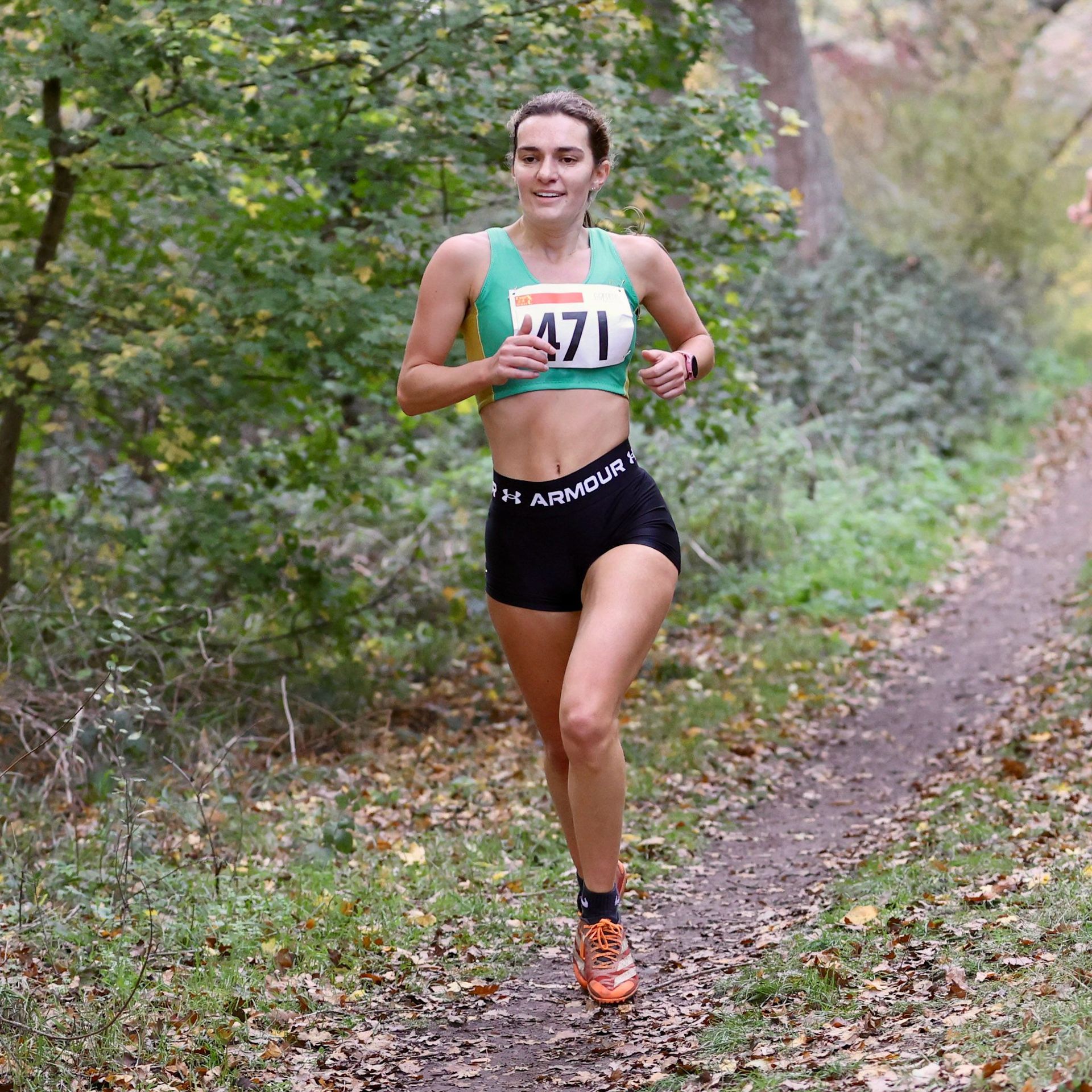What Is An Ankle Syndesmosis Injury
What is the injury and how does it occur?
The syndesmosis is a complex ligamentous structure binding the distal fibula and tibia. This can occur when a player is tackled and the player’s mass forces the ankle into dorsiflexion, pronation and external rotation.

What are the effects?
These types of injuries usually present with more pain and disability than a typical ankle sprain. Combining sensitive tests such as inability to hop, inability to walk, tenderness of the syndesmosis ligament and the dorsiflexion-external rotation stress test can help in the diagnosis.

How to treat an Ankle Syndesmosis injury
Syndesmotic sprains without instability should be treated non-operatively but usually require twice as much time rehabilitating compared to normal ankle sprains.
At Chelmsford Physio we specialise in the rehabilitation of all types of ankle injuries pre-operatively and post-operatively, as well as non-operative management. We see lots of athletes following ankle sprains of all types and we pride ourselves on the quality of rehabilitation we provide in the fantastic gym we work out of. We work together with some of the best knee surgeons, so as needed, we can liaise together to give you all of your options.
If you have any questions or would like some further advice, please don’t hesitate to get in touch.
Chelmsford Physio
Riverside Leisure Centre, Victoria Rd, Chelmsford CM1 1FG



